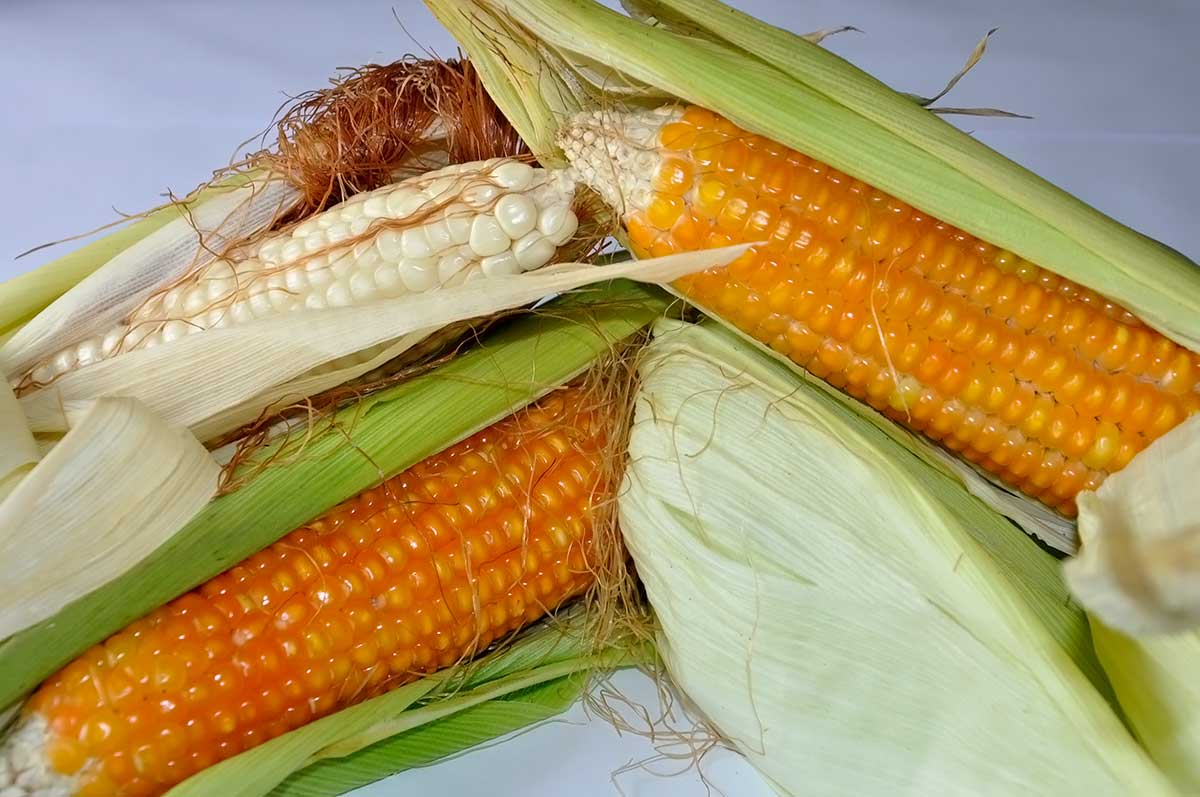
Malnutrition, especially micronutrient deficiency has been associated with anemia, fatigue, and in some cases implicated in blindness and 17% of all deaths in children younger than five years in developing countries.
While micronutrient deficiency is a form of malnutrition, it has been implicated in stunted growth in infants, increased oxidation stress, low immunity to infections, and slow mental development.
In a study by scientists from IITA–CGIAR and the University of Ibadan, in Nigeria, deficiency of micronutrients in the diet leads to ‘hidden hunger’, necessitating the need for the consumption of foods enriched with adequate content of bioavailable micronutrients.
With micronutrient deficiency prevalent in developing countries where there is high reliance on maize-based foods, the low cost of maize production and its growing use in processed products in these countries make it a suitable means for biofortification.
Listed as an important crop that can contribute to global food security, maize grains contain about 72% starch, 10% protein, 4.8% fat, 8.5% dietary fibre, 3.0% sugar with no anti-nutrients. However, most maize genotypes are low in content of vitamin A and valuable minerals including iron and zinc.
